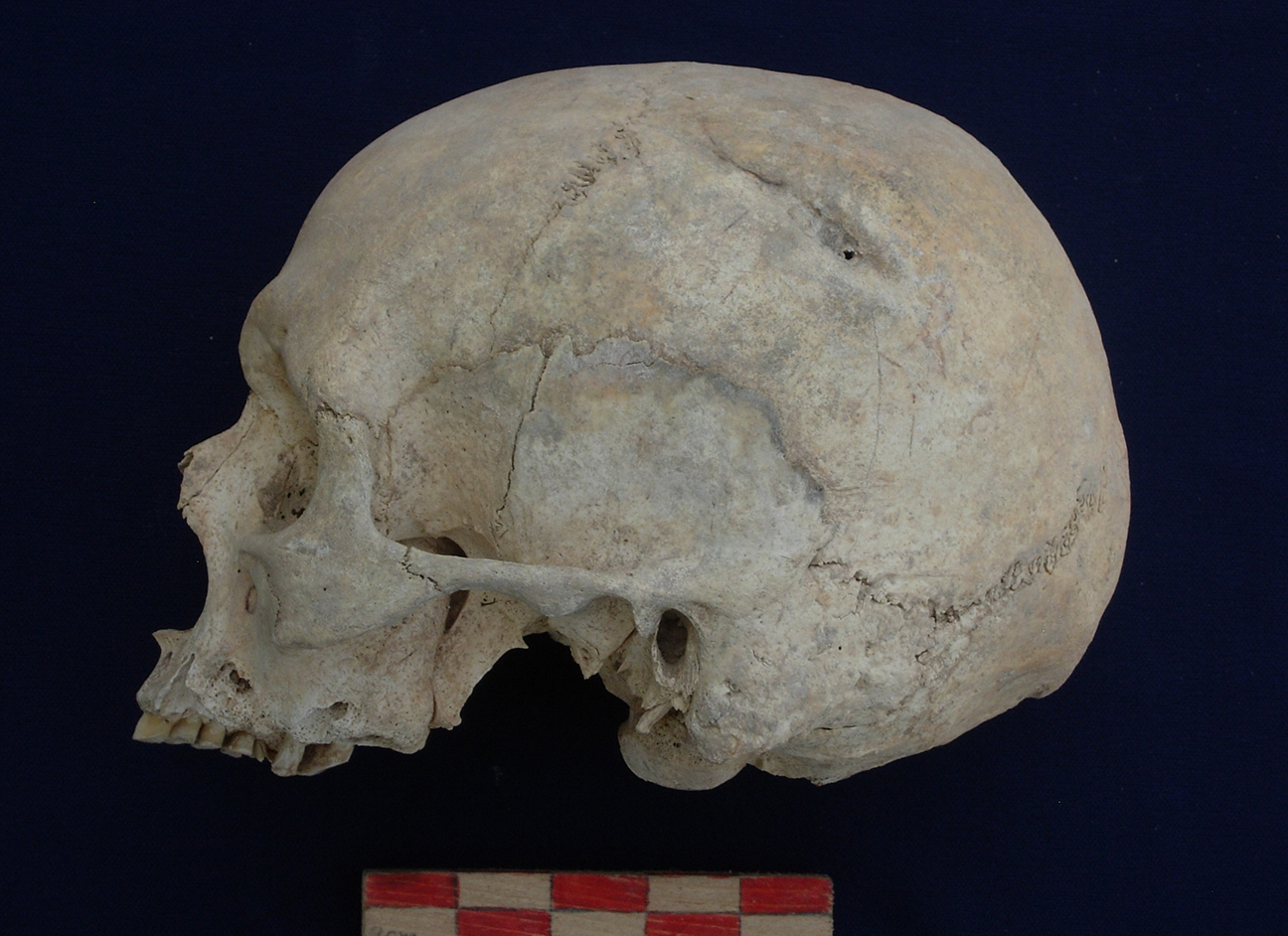The violent beginning of civilisation

Cranium with fractures. Photo: A. Soltysiak
News
|
Research
(09/10/2023)
Data from archaeological remains in the Middle East suggest that human-to-human violence has fluctuated over time and peaked around 4.500-3000 years BC, which may coincide with the first centralised proto-states and large-scale disputes. These conclusions are the result of study led by Giacomo Benati, researcher at the University of Barcelona. The study has been recently published in the journal Nature Human Behaviour.

Cranium with fractures. Photo: A. Soltysiak
News
|
Research
09/10/2023
Data from archaeological remains in the Middle East suggest that human-to-human violence has fluctuated over time and peaked around 4.500-3000 years BC, which may coincide with the first centralised proto-states and large-scale disputes. These conclusions are the result of study led by Giacomo Benati, researcher at the University of Barcelona. The study has been recently published in the journal Nature Human Behaviour.
The researchers analysed more than 3,500 skeletons in a new study in the analysis of conflicts in early human societies. Specifically, they used data from skeletal remains of 3,536 individuals dated between 12,000 and 400 BC from seven Middle Eastern countries (Turkey, Iraq, Iran, Syria, Lebanon, Israel and Jordan). They assessed their degree of interpersonal violence (assault, murder, slavery, torture, despotism, cruel punishment or violent feuds) by analyzing the proportion of skeletons showing evidence of head trauma or weapon-related injuries. The results suggest that interpersonal violence peaked around 6,000 years ago. This is followed by a decline in violence during the Middle Bronze Age (3,300-1,500 BC), before a further increase in the Late Bronze Age and Iron Age (1,500-400 BC).
The authors hypothesize that the first major outbreak of violence may coincide with the first centralized proto-states and the shift from occasional disputes to large-scale organized conflicts. The researchers further note that during the transition to the Iron Age, when the second major outbreak took place, there were 300 years of drought, population dispersal and resource scarcity, which may have influenced the violent incidents.
Experts conclude that these findings broaden our understanding of interpersonal violence during early human societies. The long-term evolution of interpersonal violence is poorly understood because there is a lack of evidence or data from different historical periods. Homicide records are only available for recent periods, and reporting biases in existing conflict records limits our understanding of the past. It has been suggested that violence has declined over the millennia, and more rapidly since the Enlightenment (17th and 18th centuries), but this is now a challenged.
The authors hypothesize that the first major outbreak of violence may coincide with the first centralized proto-states and the shift from occasional disputes to large-scale organized conflicts. The researchers further note that during the transition to the Iron Age, when the second major outbreak took place, there were 300 years of drought, population dispersal and resource scarcity, which may have influenced the violent incidents.
Experts conclude that these findings broaden our understanding of interpersonal violence during early human societies. The long-term evolution of interpersonal violence is poorly understood because there is a lack of evidence or data from different historical periods. Homicide records are only available for recent periods, and reporting biases in existing conflict records limits our understanding of the past. It has been suggested that violence has declined over the millennia, and more rapidly since the Enlightenment (17th and 18th centuries), but this is now a challenged.
